Why Your Binoculars Are Letting You Down (And How a Spotting Scope Can Save Your Birding Reputation)
So, you’ve got a pair of binoculars slung around your neck, a bird guide tucked under your arm, and an app that makes bird calls that annoy your spouse to no end. You might think you’re set. But, my friend, if you don’t have a spotting scope, you’re only seeing half the birds. And let’s be honest: half the bird is just a taunting feathered blur that you’ll later misidentify as either a rare warbler or a leaf caught in the wind.
The Case for a Spotting Scope
Binoculars are great, but they have limitations. You know that feeling when you spot a hawk soaring high above, and you raise your binos only to realize that it’s still just a brownish blur with wings? Enter the spotting scope—a game-changer for birders who want to see their avian friends in glorious high-definition.
Spotting scopes allow you to zoom in and identify subtle field marks, like the slight curve of a bill, the glint of an eye, or the smug expression of an egret who knows you’re struggling with its ID. With magnifications reaching 60x or higher, spotting scopes bring distant birds closer while keeping the image sharp. Plus, you won’t have to wade into a swamp to confirm whether that dot on the horizon is a sandpiper or just a strategically placed clump of mud.
Still not convinced? Here are a few reasons why a spotting scope should be part of your birding arsenal:
- You Can Identify Birds Without Disturbing Them – No need to sneak up on a rare bird like a wannabe nature ninja. Set up your scope, relax, and let the birds do their thing while you admire them from afar.
- Perfect for Shorebird and Waterfowl Watching – You can finally distinguish between all those “confusing fall warblers” or identify a distant loon without question.
- Better Documentation – Hook up your smartphone and take crisp, zoomed-in photos that won’t look like you shot them with a 1998 flip phone.
- Impress Other Birders – Nothing says “serious birder” like whipping out a spotting scope while everyone else is squinting through binoculars.
Now that you’re fully convinced (or at least mildly intrigued), let’s talk about which spotting scope you should get. Whether you’re on a budget or ready to drop some serious cash, there’s an option for everyone.
Best Spotting Scopes for Birding by Price Range
Budget-Friendly ($500 and Under)
Maybe you’re new to spotting scopes, or perhaps you just spent all your money on birding vacations and need something affordable. Don’t worry, these scopes will still give you excellent clarity without emptying your savings account.
1. Celestron Ultima 80 – Approx. $250-$300
- Magnification: 20-60×80
- Why You’ll Love It: This scope is a workhorse for budget-conscious birders. It provides decent clarity, has a durable build, and includes a carrying case. Sure, it won’t match the optical quality of higher-end models, but at this price point, it’s an excellent deal.
2. Gosky 20-60×80 Spotting Scope – Approx. $150-$200
- Magnification: 20-60×80
- Why You’ll Love It: Comes with a phone adapter, which means you can dive into the world of digiscoping right out of the box. Plus, the price tag is friendly for those who want to dip their toes into spotting scopes without a major commitment.
Mid-Range ($501 – $1,000)
If you’re ready to step up your birding game but don’t want to sell your car to fund your optics, these mid-range scopes provide a solid balance of performance and affordability.
3. Vortex Diamondback HD 20-60×85 – Approx. $600-$700
- Magnification: 20-60×85
- Why You’ll Love It: Crystal-clear images, rugged construction, and a lifetime warranty. This is a great scope for serious birders who don’t want to break the bank but still demand high-quality optics.
4. Kowa TSN-553 Prominar – Approx. $900-$1,000
- Magnification: 15-45×55
- Why You’ll Love It: Ultra-portable and lightweight, this scope punches above its weight in image quality. Great for birders who hike a lot and don’t want to lug around a tank.
Check the price on B&H Photo
High-End ($1,000 and Up)
For those who believe birding should be experienced in stunning detail and are willing to make an investment, these scopes will make you feel like you’re looking at birds through a NASA telescope.
5. Swarovski STX 85mm Modular Spotting Scope – Approx. $3,500-$4600
- Magnification: 25-60×85
- Why You’ll Love It: If money is no object, this is the gold standard. Razor-sharp optics, stunning color fidelity, and a modular system that allows for customization. It’s like having an IMAX theater for birds.
6. Leica APO-Televid 82 – Approx. $2,800-$3,200
- Magnification: 25-50×82
- Why You’ll Love It: Leica is known for their exceptional glass, and this scope is no exception. The contrast and sharpness are breathtaking, and if you’re serious about bird photography, this scope will take your shots to the next level.
Final Thoughts: Is a Spotting Scope Worth It?
Absolutely. Even if you think you’re doing fine with binoculars alone, a spotting scope opens up a whole new world of detail, clarity, and long-distance birding that you never knew you were missing. Imagine finally being able to tell apart those pesky gull species or confidently identifying a distant raptor without second-guessing yourself.
Plus, a spotting scope can make birding more social. Set one up at a birding hotspot, and suddenly you’re the most popular person there. Everyone wants a peek through the fancy optics, and before you know it, you’re swapping birding stories with newfound friends.
So, whether you’re on a budget or ready to splurge, there’s a spotting scope out there for you. And once you get one, you’ll wonder how you ever birded without it. Happy birdwatching!
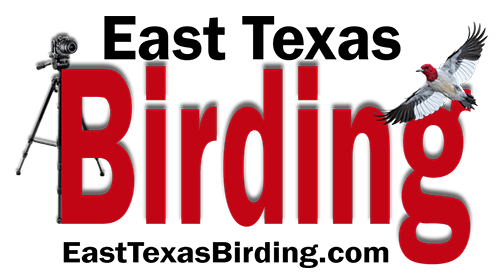

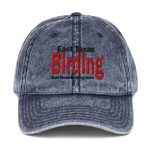
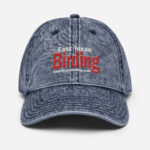
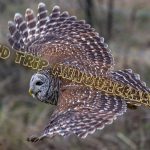
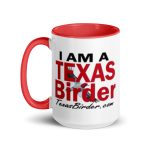
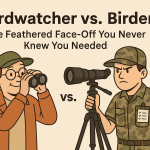
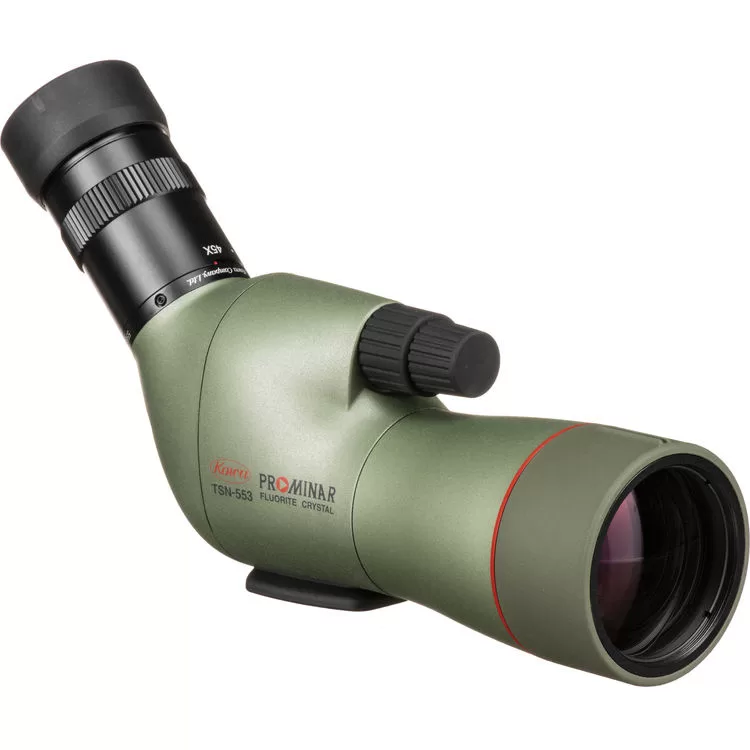
Related Posts
Our Best Selling Texas Birder Cap
Michael’s (That’s me) NEW Birding Word Search Book
Michael’s (That’s me) Birding Word Search Book
The 5 Best Field Guides to Birds for Every East Texas Birder